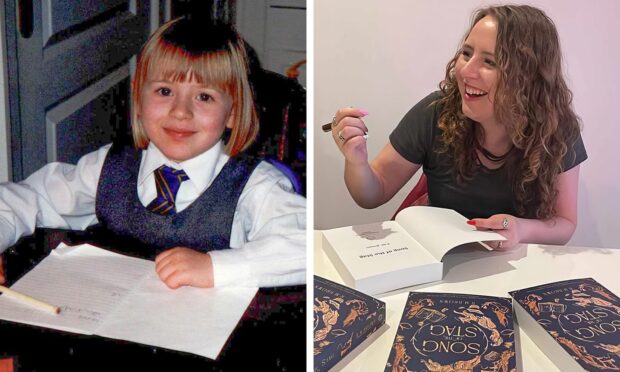Ditching trays and supersize plates from canteens and restaurants could help combat the climate emergency by significantly cutting food waste, Fife scientists have found.
Zero Waste Scotland’s research at St Andrews University suggested students were wasting on average £273 worth of food per year.
Scotland’s oldest university has now removed food trays from its hall cafeterias as part of ongoing work to tackle waste and carbon emissions.
Bosses at Zero Waste Scotland said large employers, caterers and regular consumers could also learn from the study by removing temptations to overfill plates and trays with food that wouldn’t be eaten.
Iain Clunie, the agency’s food and drink programme manager, said: “All these scraps from people’s plates which they didn’t want, or have enough room for, pile up to form a mountain of wasted food.
“Wasting good food not only loses its nutritional value, it also wastes the water, soil, nutrients, work hours, energy, transport – and plastic packaging – involved in producing and selling it. And when our leftovers end up in landfill, they rot and emit methane, which is far more harmful in the short term to our climate than carbon dioxide.”
The Zero Waste Scotland study earlier this year recruited 155 students who each agreed to keep a food waste diary for a week.
Al Clark, environment officer at St Andrews, said: “We have removed trays from our university halls to make it easier for people to reduce the amount of food they waste because they have more than they want or need.
“Taking trays away is a simple approach to the serious problem of food waste and the damaging carbon emissions it creates.
“We believe we are the first university in Scotland to do so. Removing our trays has already started to reduce food waste here and we expect it to make a significant difference.”
Cat Acheson, Zero Waste Scotland study author, said 18 to 25-year-old students wasted more food than other demographics.
“The St Andrews study highlights the fact that students often end up with an over-abundance of food, whether from taking too much in catered halls of residence or buying too much in supermarkets,” she added.
Figures suggest preventing avoidable food waste could save the average Scottish household £437 per year.
In terms of carbon emissions, it would have the same impact as taking one in four cars off the road.
The Zero Waste Scotland study earlier this year recruited 155 students at St Andrews who each agreed to keep a food waste diary for a week.
Al Clark, environment officer at St Andrews, said: “We have removed trays from our university halls to make it easier for people to reduce the amount of food they waste because they have more than they want or need.
“Taking trays away is a simple approach to the serious problem of food waste and the damaging carbon emissions it creates.
“While other universities have already done this successfully, we believe we are the first university in Scotland to do so.
“Removing our trays has already started to reduce food waste here and we expect it to make a significant difference.”









